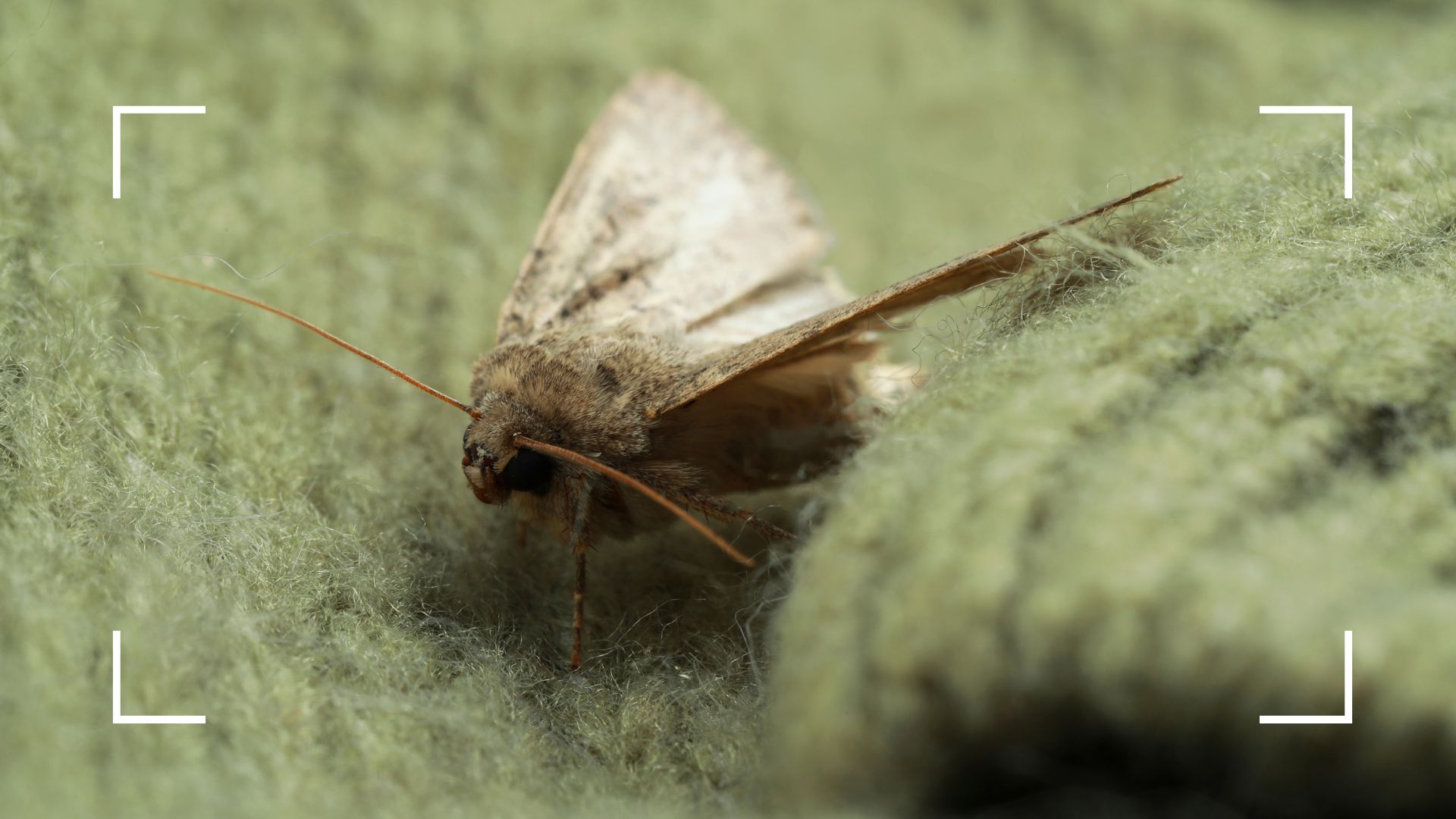
It's never fun finding that your home has unwelcome visitors, however, discovering that moths have eaten through your favourite clothes might top the list of the most devastating pest problems.
From tackling silverfish infestations to deterring foxes from coming into your garden, being a homeowner can entail more pest control challenges than you might have ever thought possible. And while dealing with a pest problem is certainly intimidating, knowing what to do the second you spot the signs will make all the difference.
In the same way, you'd not leave food out to stop tiny black flies taking over your home, there are things you can do to not only get rid of moths but prevent them from setting up shop in the first place. So with that, here are some expert-recommended steps to keep your home and your clothes moth-free.
How to get rid of moths in the house: An expert guide
"Common adult house moths traditionally emerge from their cocoons in the spring and early summer. But it’s not the adult moths you need to be concerned about – it’s the moth larvae that chomp at clothes, carpets, crafting wool and furs," says Dr Jonathan Kirby, Pest Control Expert at NOPE!
He explains that preventing an infestation is much more straightforward than eliminating one, so following these steps to guard your home from these winged pests is key.
1. Regularly clean your home
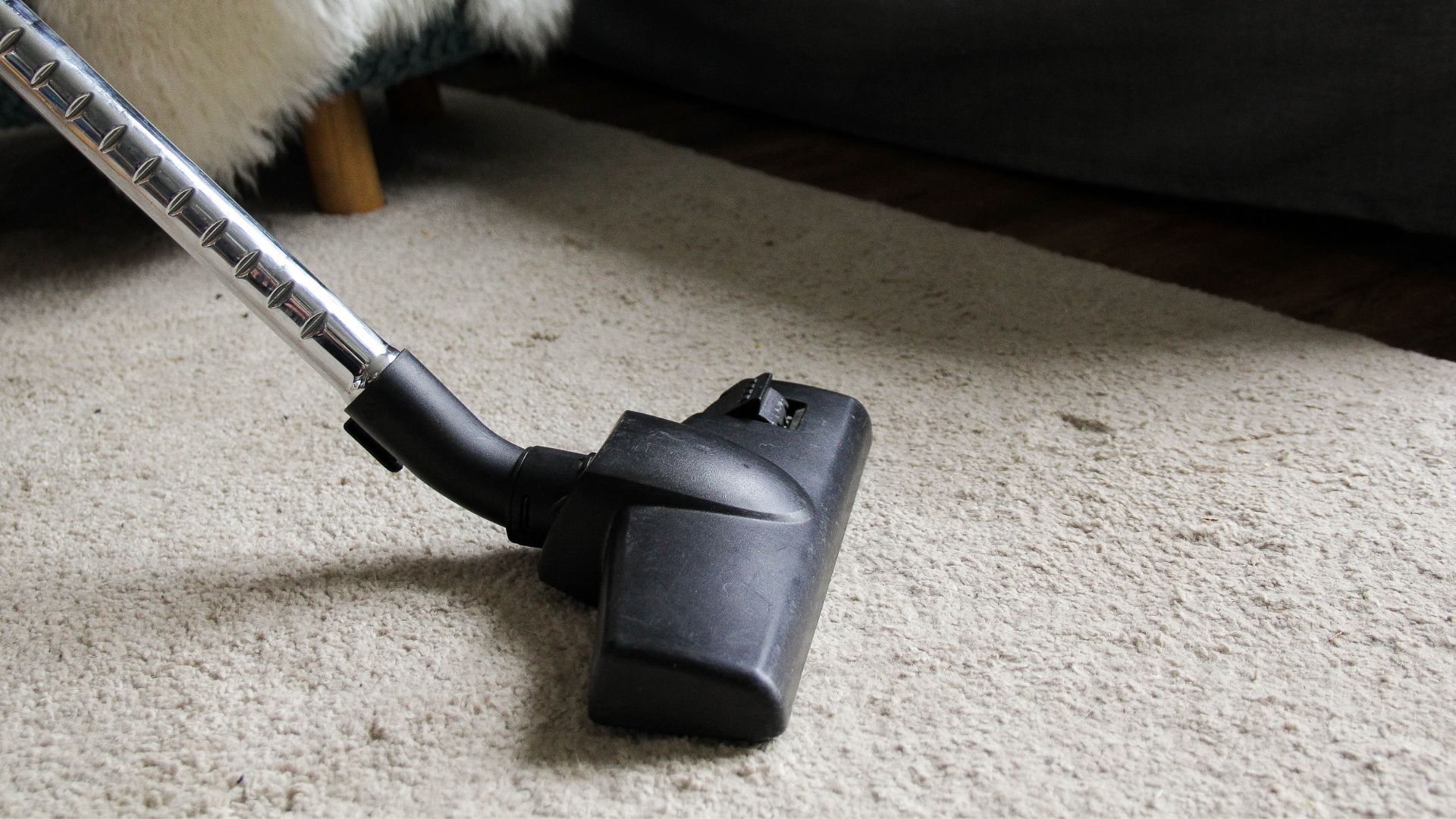
Even when you think you've kept up with your daily cleaning habits, there can be spots in your home that are hidden away gathering dust. Moths are very much drawn to stains, undisturbed materials and dusty carpets.
Daniel Baldwin, Board Certified Entomologist at Hawx Pest Control explains, "Something as simple as a regular cleaning routine around your home can help prevent moths from causing havoc to your belongings. Thoroughly vacuuming carpets and flooring can help to remove any moth eggs and prevent them from hatching, as can regularly dusting and wiping down surfaces."
He also recommends seasonally airing out carpets and curtains and regularly rotating stored clothing. This will help prevent moths from mating and laying their eggs in these low-traffic areas.
Shop cleaning essentials
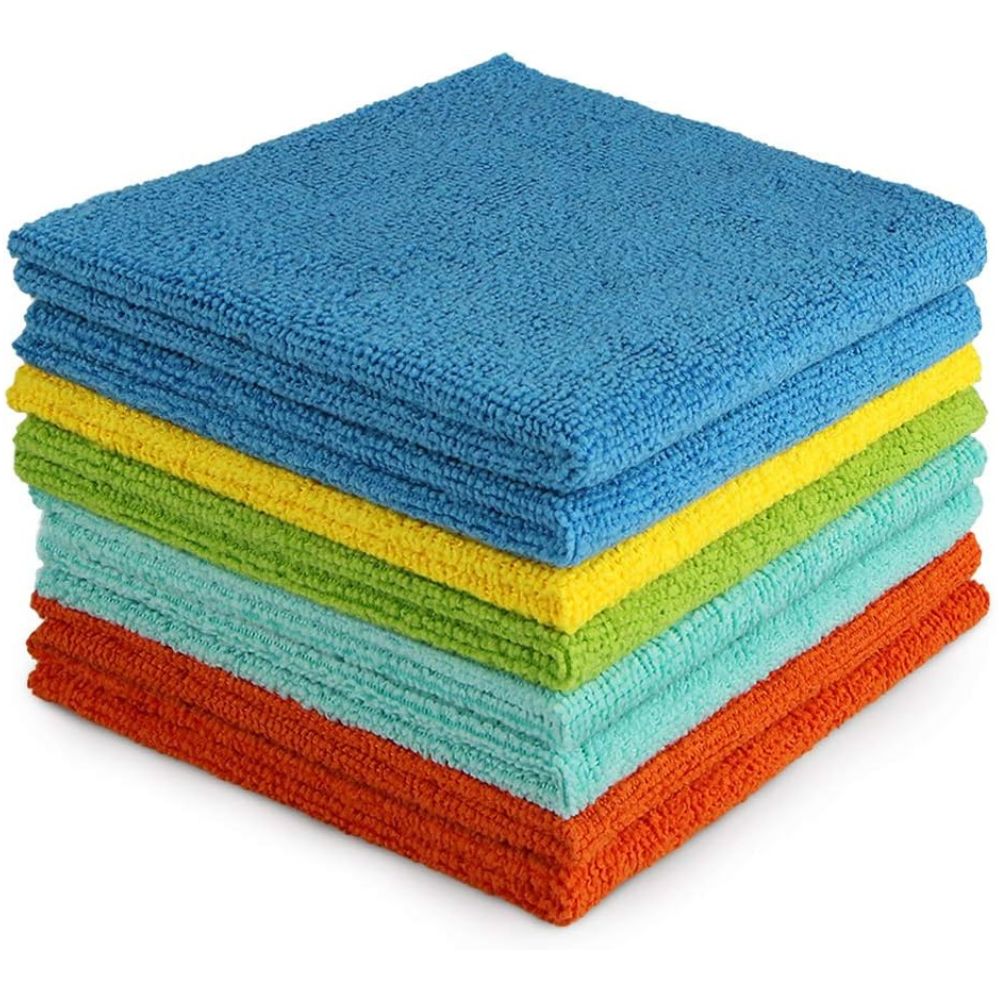
RRP: £4.59 for a pack of 8 | This is a product every cleaner should have in their home, especially when it comes to big cleaning jobs. This eight-pack will make any task that much easier and more efficient.
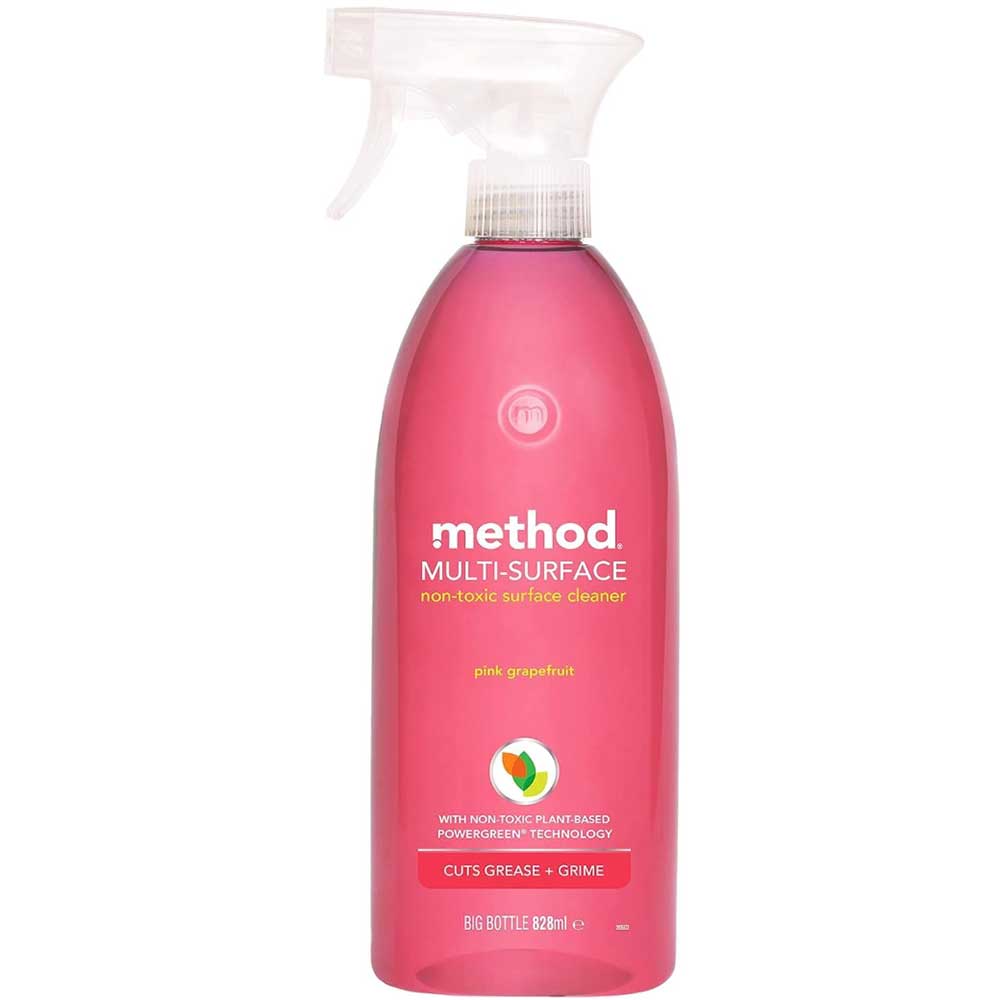
RRP: £3.75 | Having a high-quality, non-toxic multi-purpose spray to hand will give you peace of mind as it kills bacteria and cuts through grease without unpleasant chemicals.
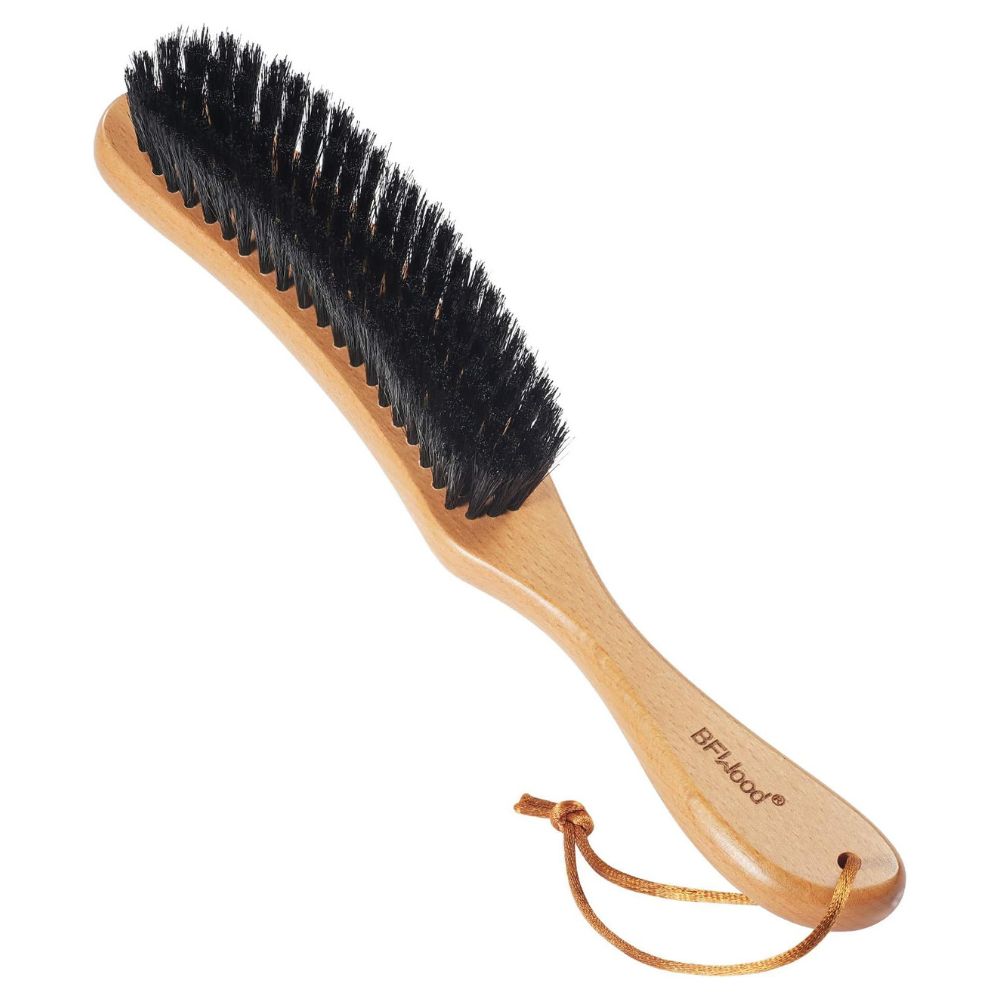
RRP: £13.98 | This boar bristle brush is the perfect tool for treating soft furnishings, with the soft bristles it will effectively dislodge any dirt and dust without damaging the fabric pile.
2. Store your food correctly
There are several insects that can be lurking in your food cupboards, and moths are unexpectedly one of these. Flour moths are extremely common and need to be deterred properly before they raid all your dried food.
"Moths don’t just attack clothing; pantry moths can infiltrate food supplies. “Storage jars are great for keeping foods fresher for longer. However, a variety of insects and bugs such as weevils and flour moths can still find their way into them," says Sophie Thorogood, Pest Prevention Expert at Pest-Stop.
She adds, "One way to prevent this is to ensure that new products are not poured on top of old as this can cause insect pest infestation. Dried foods can have a long shelf life and it is easy to keep them longer than you should, which can also lead to infestations. Ensure jars are labelled with dates to track the life of the contents and make sure you replace food when it expires."
We'd also recommend regularly organising your kitchen cupboards so you know what food is about to expire and what could do with being thrown away.
3. Try using natural remedies
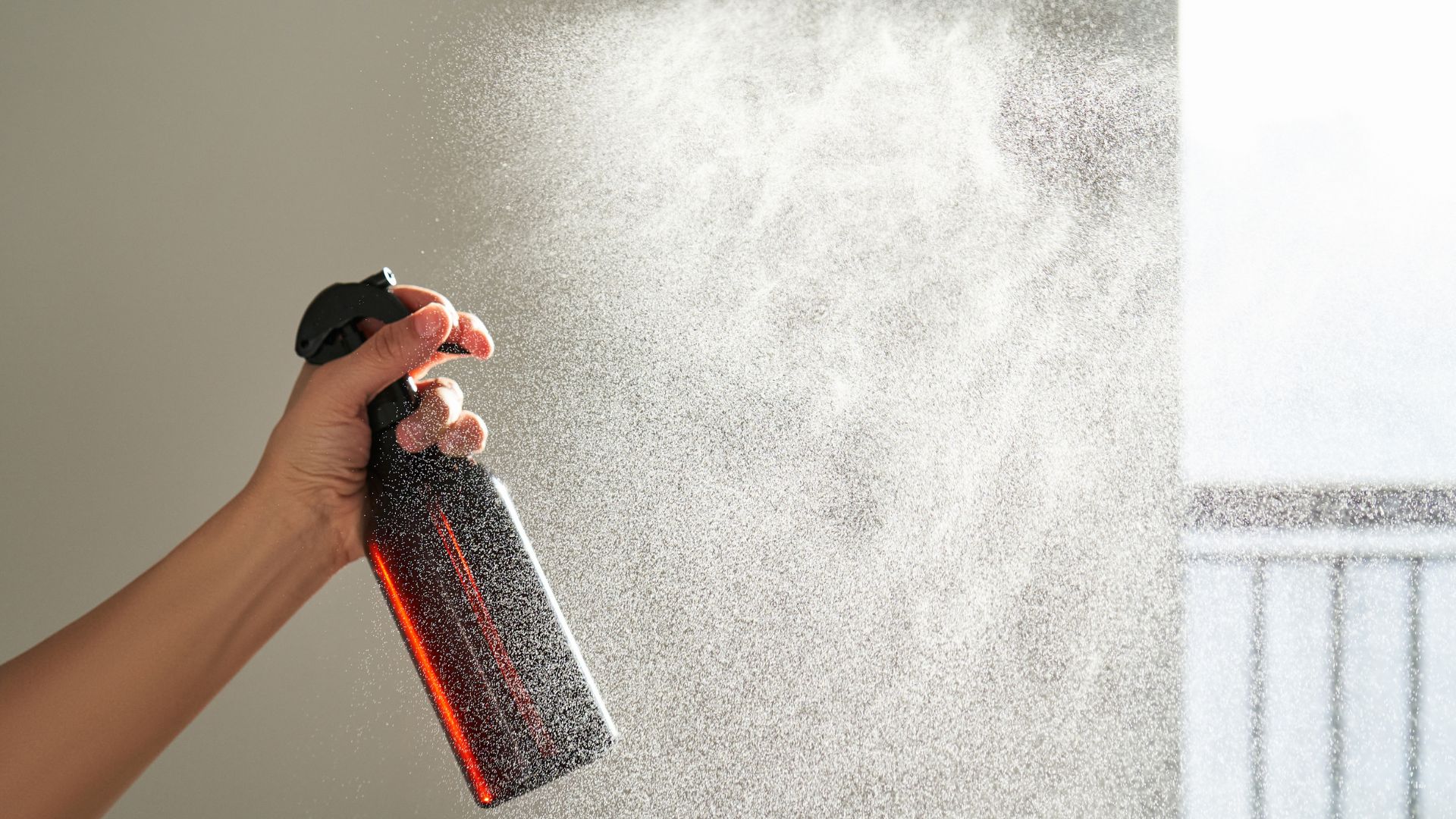
In the same way, you can deter cats from your garden by planting aromatic flowers, some efficient natural remedies will work on moths.
"You can take a DIY approach to moth prevention, as organic deterrents are one of the best solutions for getting rid of moths," says Sophie. "Herbs like rosemary, lavender, and bay leaves naturally repel moths, and their essential oils can be sprayed onto contaminated areas for extra protection."
4. Ensure you're cleaning all laundry thoroughly
It's not just important that you're only putting away clean clothes but also that they're completely dry. Knowing how to dry your clothes indoors is key to stopping a moth infestation as they tend to be attracted to moisture.
Daniel says, "To eliminate moisture that can attract moths, take your clothing and fabrics such as curtains and bedding to the dry cleaners a couple of times a year. Dry cleaning can also kill any existing moths and their larvae hiding in the fabric, so it’s worth considering if you’ve seen evidence of them in your drawers or wardrobes."
In addition to this, he also recommends running your fabrics through a hot-water cycle on your washing machine for a minimum of 30 minutes. This can eliminate any hidden moths, larvae and eggs from sticking around.
"Make sure that your clothing or household fabric can withstand high temperatures by checking the care instructions beforehand to avoid any permanent damage," Daniel points out.
5. Find and block entry points

Sealing up any possible entry points, no matter how small, is a very common pest control solution, it can even help get rid of spiders in your home.
"If you’ve seen moths around your home, it’s worth inspecting the areas you’ve found them for potential entry points," says Daniel. "They can get in through cracks and gaps and can use your ventilation system as passageways."
He recommends starting with a torch to examine the walls and ceiling in the attic, then make notes of any damage and arrange for repairs. If you find there's some small crack in your walls or perhaps where your wardrobe is fitted, using caulk or filler can be enough to get the job done.
6. Use deterrents and traps
Whilst there are many natural solutions and preventative measures, some particularly bad invasions will call for specialised traps and deterrents.
"Trapping moths is another preventative method to ensure you’re alerted early to a potential pest problem," explains Sophie. "Using pheromone lures is a good way to trap adult male moths, as they perceive the signal as a female and enter the trap with the aim of breeding. Capturing males helps suppress the population by preventing them from mating."
Daniel recommends using sticky traps, this isn't a harmless way of dealing with the problem, but can be a very effective way. This measure may be an option for when you've tried all preventative techniques and the infestation is only getting worse.
FAQs
What causes lots of moths in the house?
With any pests, there has to be either a food source or adequate shelter option for them to want to be in your home. If you've ever tried getting rid of mice from your home, then you'll know that taking away this source is the best first step in solving the issue.
Daniel explains, "You’re likely to find moths in your home due to the availability of food on offer within them, along with plenty of quiet, dark spots that create safe places for them to live and breed. Pantry moths seek stored dry goods, while clothes moths are drawn to natural fibres like wool and silk."
"Warm, humid, and dark areas, along with undisturbed storage spaces, are ideal spots for moth breeding. They can enter homes through open windows and vents or be introduced through infested secondhand items such as vintage clothing and furniture. Infestations are worsened by poor cleaning habits and clutter, which allow moth larvae to thrive," he continues.
How long does it take to get rid of moths in your house?
When it comes to timeframes, there are a few variables to consider, from the scale of the infestation to how long it's been there.
"It can take anywhere from a few weeks to several months to get rid of moths from your home, depending on the severity of the infestation. Mild infestations can take a few weeks to remove, with regular cleaning schedules and the use of traps and other natural methods," explains Daniel.
He does point out that if there are multiple breeding sites around your home then it may take months to eradicate, and you'll probably need to call in a professional pest control service to help.
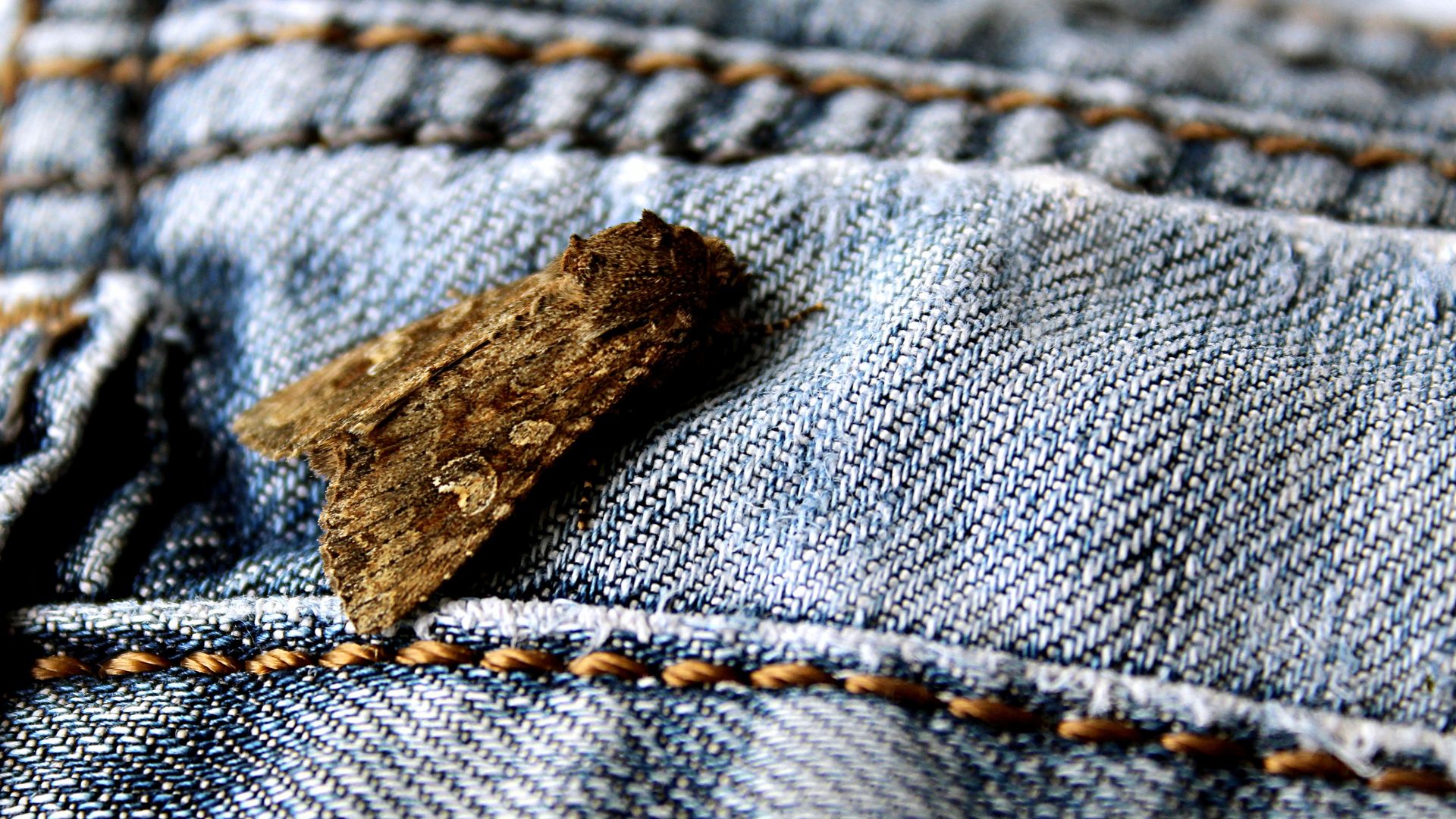
How do you find where moths are coming from?
Most pests will leave clear signs of their existence, for example, if you're dealing with a rat problem in the garden, there'll be droppings and chewed materials. Moths are exactly the same.
Paul Blackhurst, Technical Academy Head at Rentokil Pest Control says, "The most effective way to figure out where moths are coming from is by noticing the damage caused to clothes, fabrics, carpets and dried food packaging. Moths’ larvae require textiles or dried foods to feed on, so holes in these are usually the biggest telltale sign of a moth infestation."
Knowing how to deep clean your home properly can help you not only prevent pest infestations but also allow you the opportunity to spot them before they get out of hand. Regularly checking your home for signs of mould, pests or damage will save you time and money in the long run.







